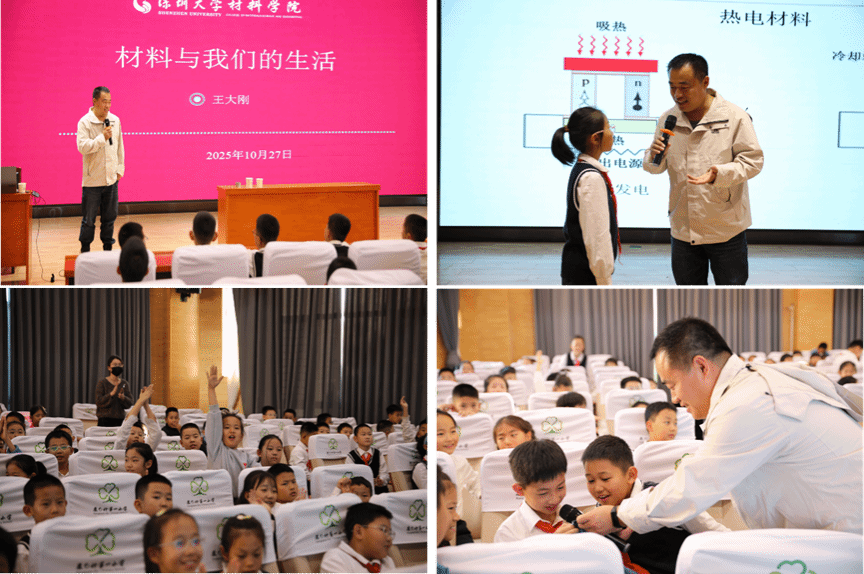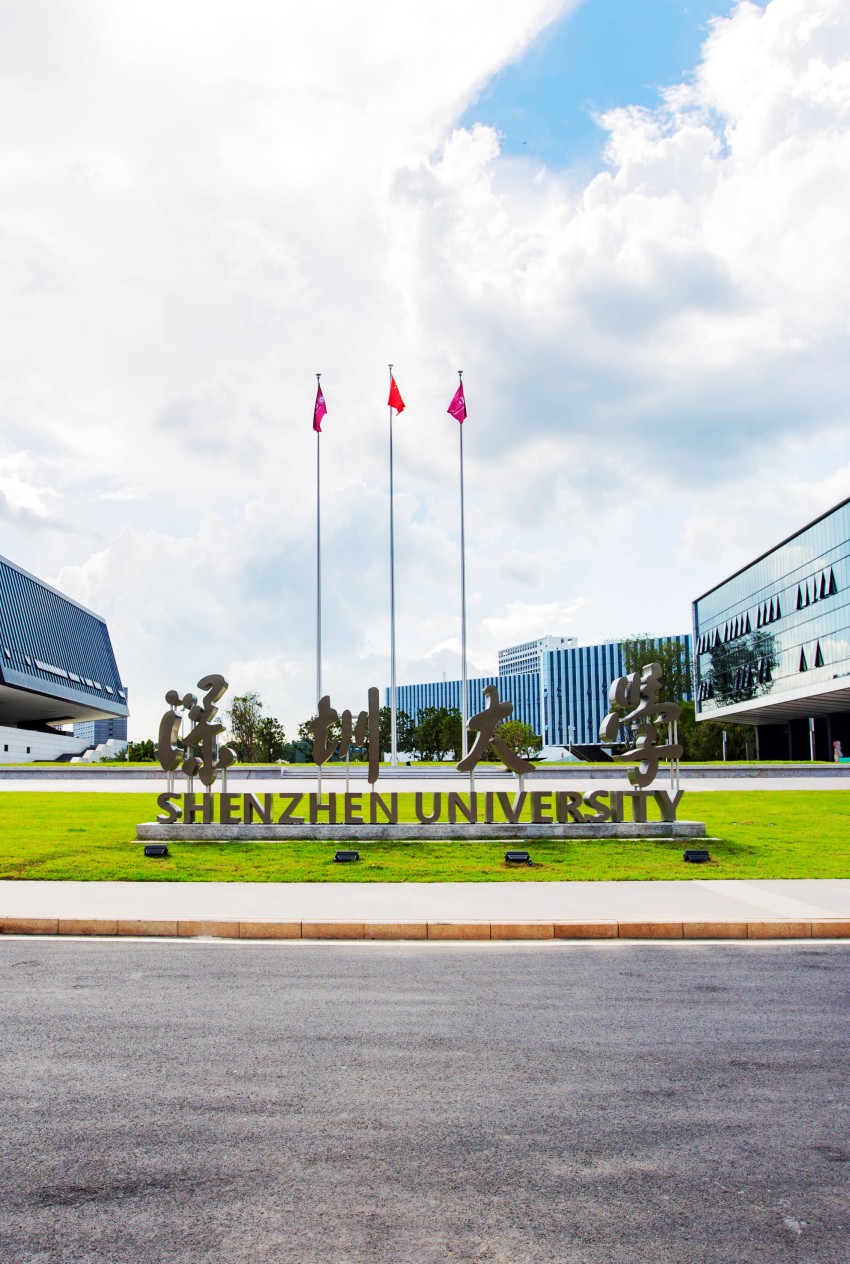On October 27, 2025, the signing ceremony for the collaboration between the College of Materials Science and Engineering of Shenzhen University and the Education and Sports Bureau of Kangbashi District, Ordos City, Inner Mongolia Autonomous Region, along with the inauguration of the "Kangbashi District Research and Practice Education Base," was successfully held at the Kangbashi Youth Development Center. Lü Qian, Party Secretary of College of Materials Science and Engineering Shenzhen University, and Li Meirong, Party Group Secretary and Director of the Kangbashi District Education and Sports Bureau, jointly signed the agreement and unveiled the plaque.
The collaboration will precisely align with the national strategic direction of strengthening science education and stimulating adolescents' curiosity and imagination. It aims to fully leverage Shenzhen University's strengths as a top-tier comprehensive university in the Greater Bay Area in scientific research and innovation, providing robust momentum for enhancing the scientific literacy of youth in Kangbashi District. This initiative seeks to advance science popularization education from "general promotion" towards "high-quality, connotative development." Breaking away from the traditional model of regional university-local collaboration, this partnership explores new pathways for integrating basic education and higher education.

A symposium was held involving Party Secretary of College of Materials Science and Engineering Lü Qian, Director of the Experimental Center Ao Weiqin, Deputy Director Wang Dagang, Assistant Professor Liu Dong from Department of Materials Science and Engineering, and Associate Professor Xiang Xiongzhi from Department of polymer Materials and Engineering, along with relevant leaders from the Kangbashi District Education and Sports Bureau and the Kangbashi Youth Development Center. The discussion focused on three core areas—curriculum, teaching staff, and practical experience—to build an integrated education chain. Regarding curriculum development, leveraging the cutting-edge research resources of Shenzhen University's College of Materials Science and Engineering, the partners will jointly create a modular curriculum system that bridges secondary school fundamentals with university frontiers, aiming to stimulate interest in the discipline and upgrade science outreach from "knowledge dissemination" to "interest guidance" and "innovative thinking cultivation." For teacher development, a regular teaching research mechanism will be established, providing a platform for in-depth training for science and technology teachers in the district through initiatives like "resident guidance by university experts" and "co-teaching classrooms," thereby empowering teachers' professional growth. In terms of student practice, a progressive pathway of "lectures – summer camps – research projects" will be established, offering project guidance for "Little Scientist" initiatives to students with potential,enabling early identification and cultivation of innovative reserve talents.

Following the ceremony, Teacher Wang Dagang visited Kangbashi First Primary School and delivered a popular science lecture titled "Materials and Our Lives" to the pupils: Materials are ubiquitous, shaping human civilization. From ancient stone tools and ceramics to today's advanced functional materials and composites, the history of materials development is a history of human technological progress, profoundly influencing our lives.

Teacher Liu Dong delivered a popular science lecture titled "Adventure in the Hydrogen Energy World: Unraveling 'Green Hydrogen'" to students at Future Middle School. Starting with an introduction to hydrogen, the most abundant clean energy in the universe, the lecture unveiled how to "produce" green hydrogen from water using renewable energy, explored how green hydrogen could revolutionize industries like steel, transportation, and energy storage, and envisioned the future world under "carbon neutrality."
Teacher Xiang Xiongzhi, drawing from his own research experience, introduced students to what materials and materials science are, explained the classification of materials, and highlighted the Four Fundamental Elements of Materials Science. These elements—Composition & Structure, Synthesis & Processing, Properties, and Performance—form the core framework guiding materials research and development. They are interconnected and mutually influential, collectively determining the value of materials. He also guided students in thinking about how to conduct scientific research.

This collaboration represents an active commitment by College of Materials Science and Engineering of Shenzhen University to serve the national strategy of revitalizing China through science and education and to promote the deep integration of higher education and basic education. The School will fully leverage its leading role as a hub of scientific research and innovation in the Greater Bay Area, empowering youth science education with cutting-edge resources in materials science. Joining hands with Kangbashi District, it will explore new paradigms for the early cultivation of top-notch innovative talents, contributing the wisdom and strength of Shenzhen University to building a high-quality science education system.
Written by: Wang Dagang
Reviewed by: Ao Weiqin, Zhu Deliang, Lv Qian
